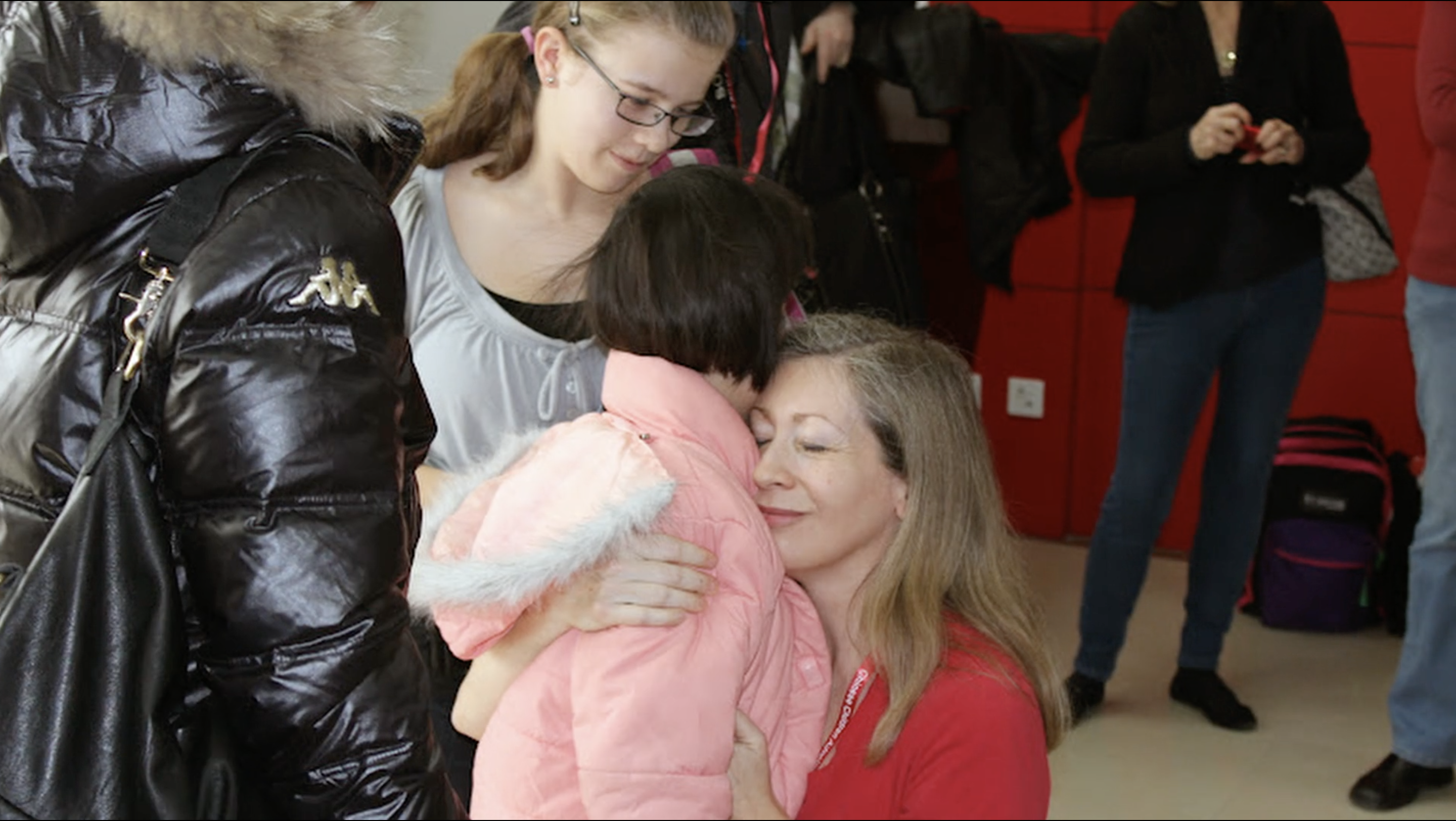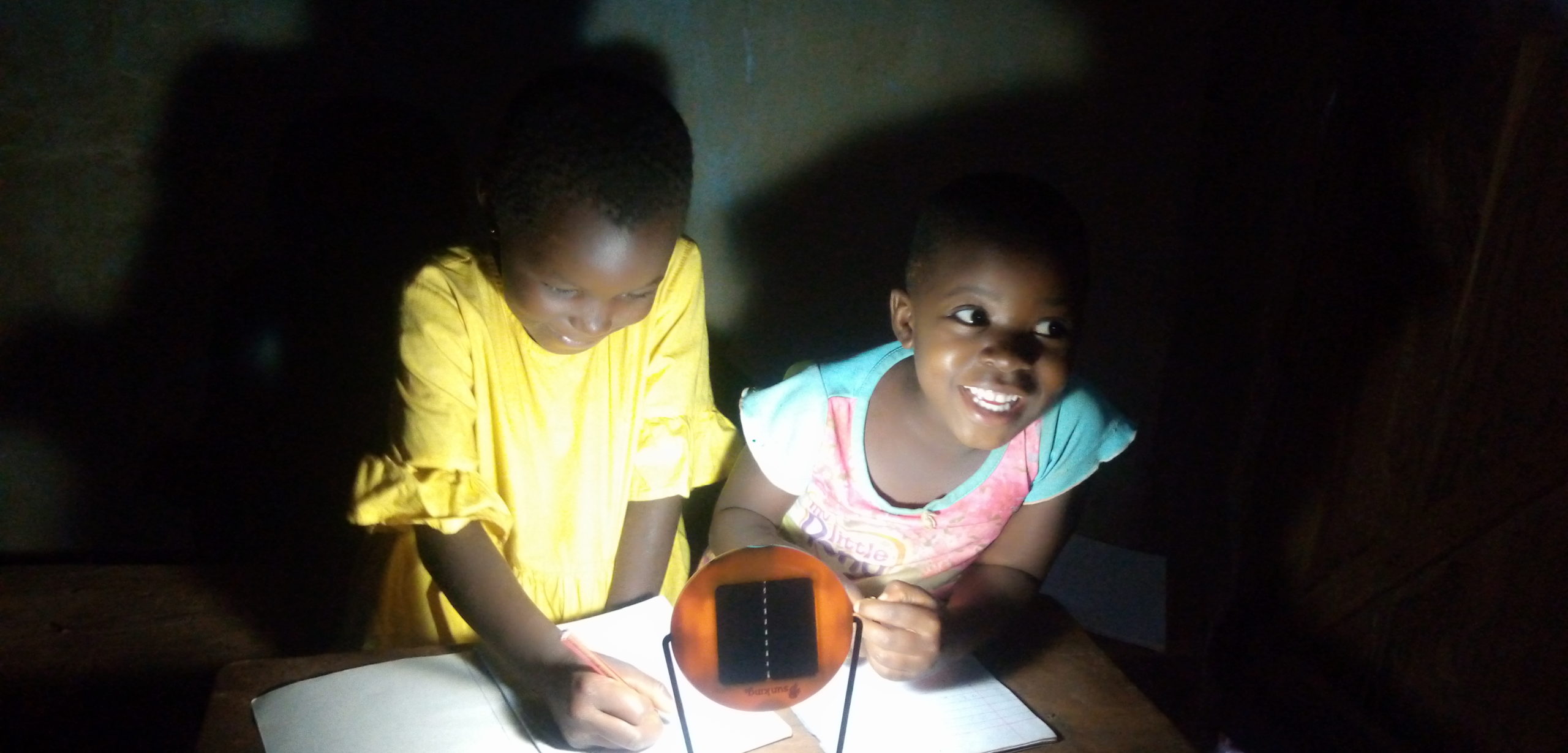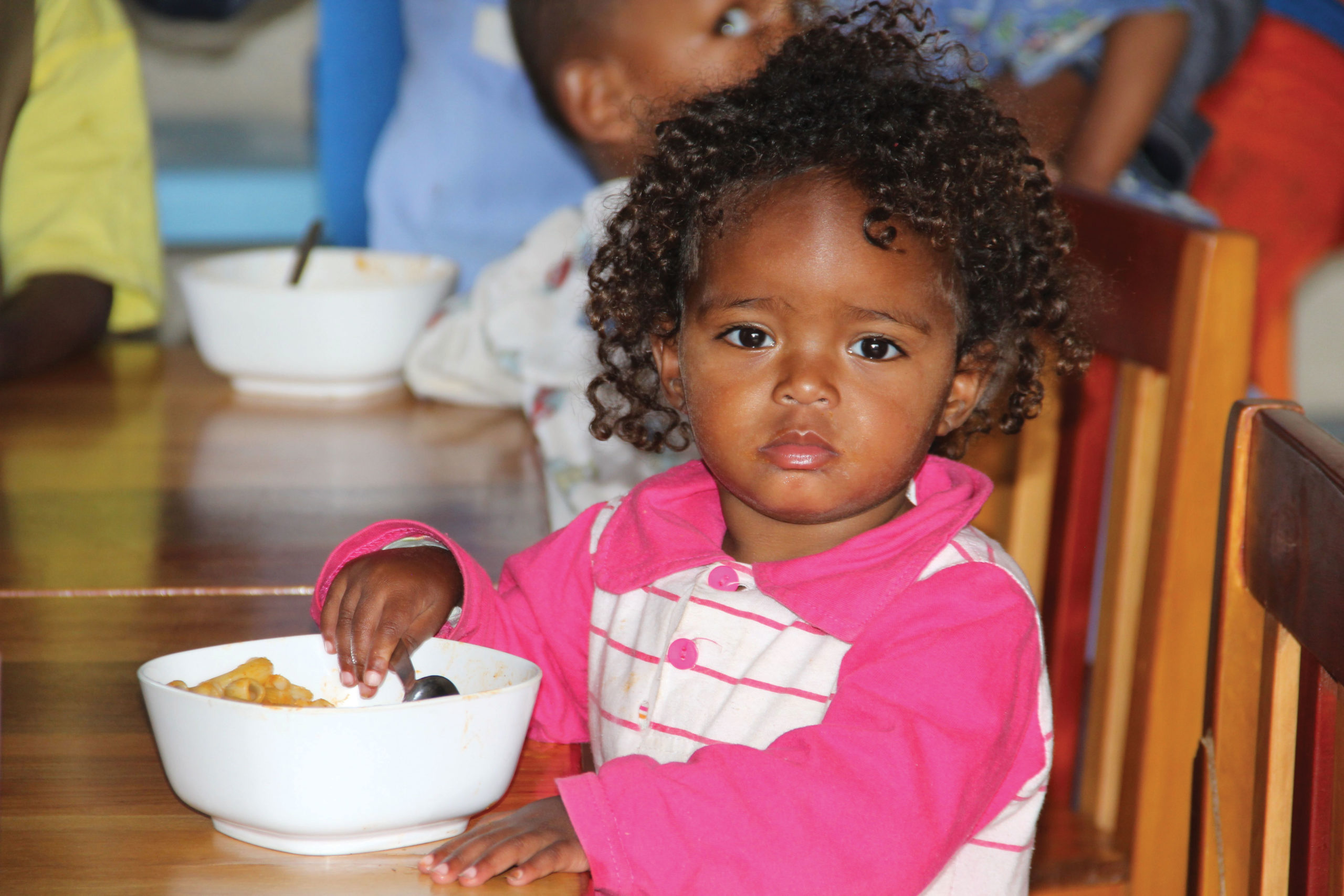After 15 years of blogging about her adoptive family of 12 — and recently sharing their story with the world in the documentary “Hayden and Her Family”— Elizabeth Curry has learned a few things about what, how, when and why not to share about her children and their lives growing up in a multiracial, international adoptive family. Here are Elizabeth’s four key pieces of advice to consider when sharing about your family and your family’s adoption story.
This story is part two in a series. Click here to read part one, “How Our Family Became the Subject of a Documentary.”
Not everyone has a documentary made about them. In the great scheme of sharing your family’s story, that is a pretty big share. Since I’ve also written a blog about my family for the past 15 years, I’ve been walking the sharing/oversharing tightrope for quite a while now. I find there are four things to keep in mind when sharing about your family and your family’s adoption story.
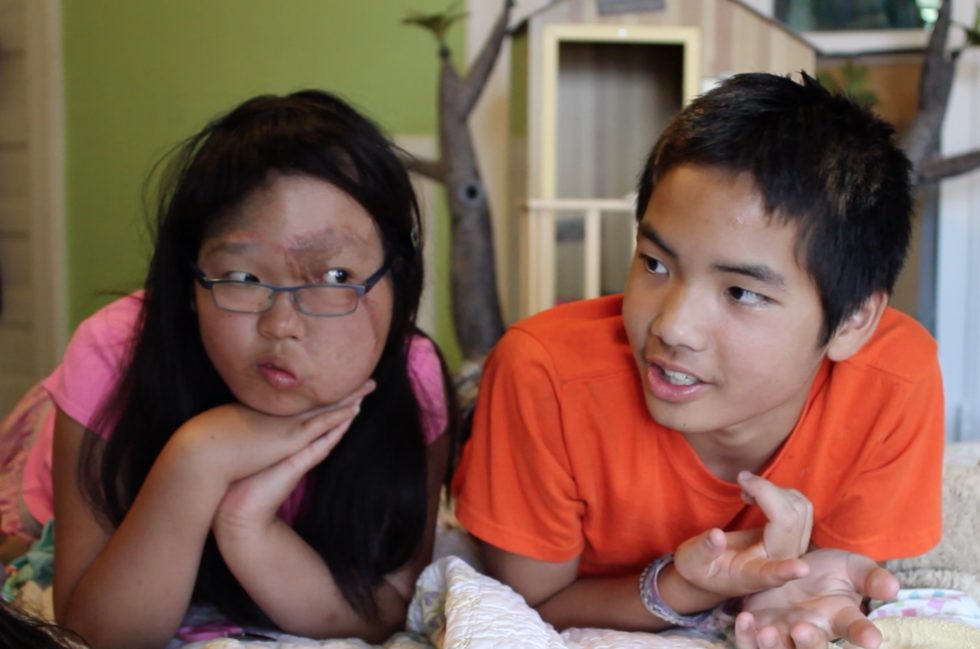
1. Remember whose story it is.
There is really only one person’s story you can tell and that is your own. Your child’s story belongs to them. I know I do not always get this right, but I try very hard to share my own perceptions of any family story I tell. I will also say that as my children have gotten older, I have become far more reticent about sharing and wish I could go back and “unshare” some things I said in the past. “Least said, soonest mended” certainly applies here. If you are unsure or hesitant, take that as a sign that perhaps this particular item doesn’t need to be said. Growing older and more experienced with intrusive questions also helps stop the over-sharing phenomena.
I find sharing about adoption in general or the effects of trauma on a growing brain or the challenges of second language acquisition to be easier than specifics about my child. I can also happily share about how I felt trying to attach to an older child or learning to parent a child with a significant trauma history or my complete lack of patience on some days.
2. You are not the only character…or even the main character.
When you are an adoptive parent, you don’t appear on the stage of your child’s life until after the show has started. Sometimes, in the case of an older child, you don’t come on for quite some time. Your child has an entire history — parents, relations, friends, caregivers, country, language, events, experiences — that doesn’t include you. I never want my children to hear in what I’ve said that their past doesn’t matter to me. I don’t want them to feel as though I believe their life started when they joined our family.
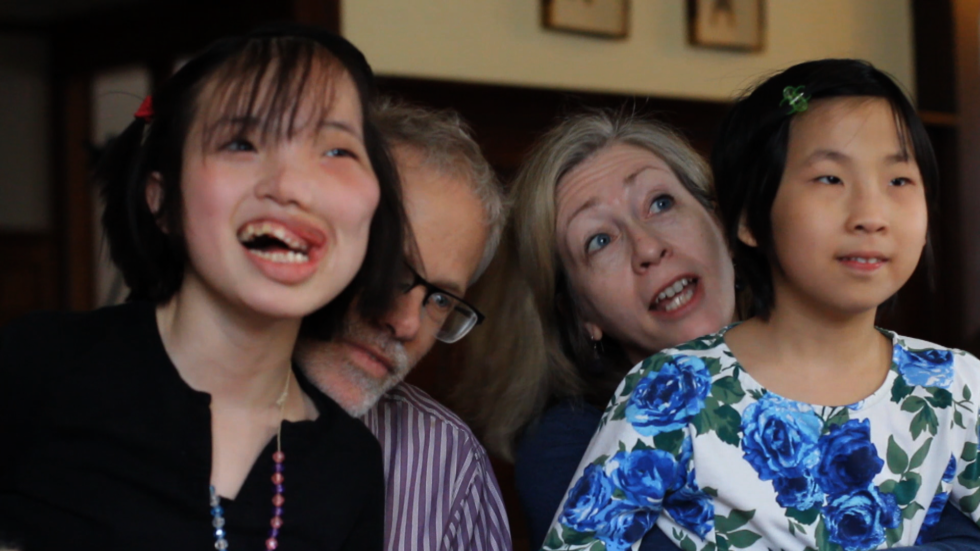
3. Check your motivation.
We all like to look good, and it can be easy to fall into the trap of being (or at least appearing to be) your child’s savior. Even if we aren’t trying to set ourselves up for sainthood, it is also easy to fall into the false dichotomy that juxtaposes the horrible place my child was in before we adopted her or him with all the wonderful opportunities (treatment, therapies, clothes, advantages, etc.) they have now. While it is true that some children have to live in deplorable conditions, it is also true that others were actually quite content with their foster homes, experiencing love and care. We’ve experienced children coming from both extremes. And it can get tricky, because getting children out of unhealthy environments is important.
All children should have access to enough food, clothing, education, and care. I hope, though, that we can all remember that we became adoptive parents because we wanted a child to love and not just to put a child in better living conditions.
All children should have access to enough food, clothing, education, and care. I hope, though, that we can all remember that we became adoptive parents because we wanted a child to love and not just to put a child in better living conditions.
A child deserves parents who want to parent and love a child, not just parents who want to rescue a child from horrible circumstances. The first gives the child dignity and humanity; the second puts a burden of gratefulness on the child and views them through the lens of a social service project. No one wants to feel that their parents adopted them only out of a sense of duty or benevolence. So when you are sharing your story, listen to how it sounds to your child. When hearing your words, will they feel like a beloved son or daughter? Or like a good deed? It can be an extremely fine line between the two.
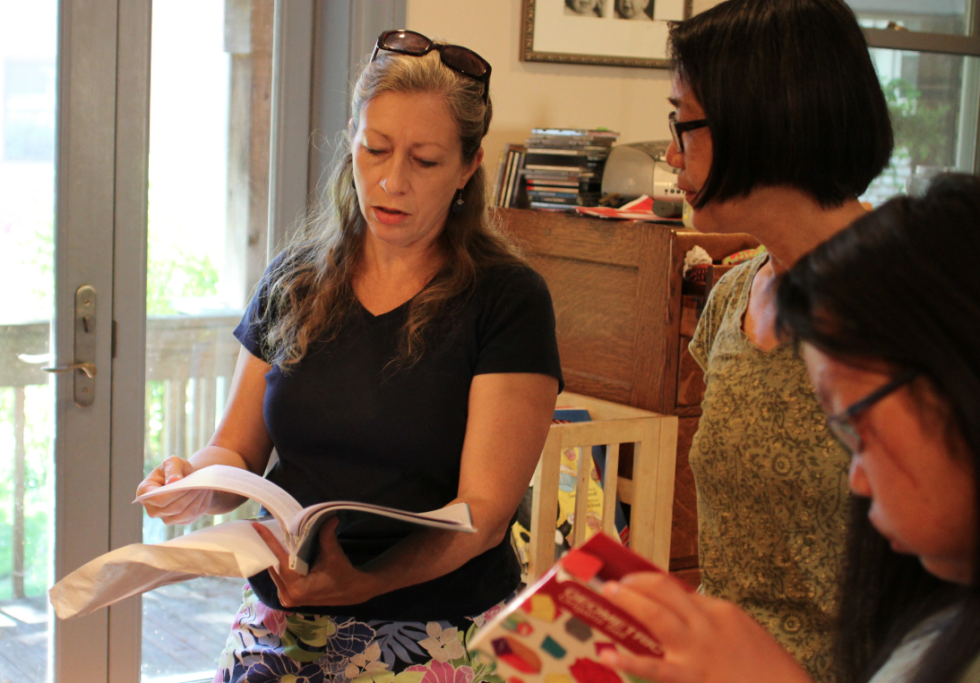
4. Balance is important.
Many of us have come across the near magical “rainbows and unicorns” stories about the perfect child finding the perfect family and they all lived happily ever after. What we don’t often see are the difficult parts of life hidden behind these heartwarming stories. I have heard more than one parent say that they won’t share the hard parts of adoption because they don’t want to scare away prospective parents and thus deny a child a family. But not sharing the hard parts doesn’t mean they don’t exist. When parents share their challenges, it helps prepare prospective adoptive parents for what life really looks like so they aren’t surprised when it happens. It also normalizes something that is actually normal.
Why wouldn’t a child who has experienced trauma have some challenges? Why wouldn’t parents need to take time to learn to get to know and really love their new child? Why wouldn’t things be difficult sometimes? This is actually far more normal than the perfect meeting followed by the easy happily-ever-after. Happily-ever-afters happen all the time with adoptive families, but that doesn’t mean it didn’t take work to get there.
Happily-ever-afters happen all the time with adoptive families, but that doesn’t mean it didn’t take work to get there.
Since adoption is a complicated thing, with many positive and negative aspects, it isn’t surprising that sharing about one’s personal experience with adoption is also complicated. We want to share about how our families were created, about how much we love each of our children regardless of how they joined our family. But as we’re sharing that excitement, we must always be listening to our own words through the filter of how they sound to our children. How we portray their family of origin, their birth country and their life before they were ours tells them far more about how we perceive them than we may realize.
Sure, sharing your family’s adoption story can be tricky at times. It takes finding just the right balance, and, yes, even apologizing, when you, the parent, get it wrong. But just because it can be tricky, it doesn’t mean that it is not worth doing. By sharing our stories we can show a positive yet realistic portrayal of adoption.
Elizabeth Curry | Adoptive Mom
